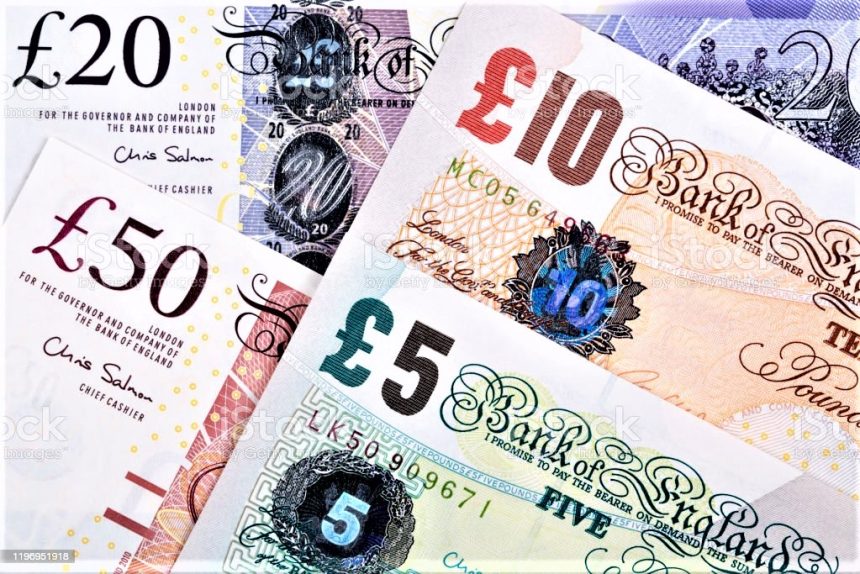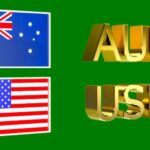The Pound Sterling (GBP) is trading in a tight range around 1.3550 against the US Dollar (USD) at the start of the week as traders remain cautious ahead of a high-stakes Trump-Zelenskyy meeting at the White House. The focus is on potential peace negotiations between the United States, Ukraine, and NATO members, following discussions between Donald Trump and Vladimir Putin in Alaska.
The geopolitical backdrop is adding a layer of uncertainty to financial markets, with investors closely watching whether any path to a truce in Ukraine emerges. While optimism remains subdued, markets appear resilient, with risk sentiment holding steady. The S&P 500 futures edge higher by 0.13% near 6,460, signaling that investors are not pricing in any major escalation.
For Pound, the sideways movement reflects the balance between a softer US Dollar, driven by Fed rate cut expectations, and cautious sentiment surrounding UK inflation and Bank of England (BoE) policy.
Market mood: Geopolitical tension vs cautious optimism
The latest developments in the Russia-Ukraine conflict continue to be a decisive factor for investor sentiment. Reports suggest that Putin offered a freeze on front lines if Ukraine ceded control of Donetsk, a key industrial hub. Ukrainian President Volodymyr Zelenskyy has rejected the proposal, maintaining a firm stance on sovereignty.
The Trump-Zelenskyy meeting could influence risk appetite and safe-haven flows, which in turn may affect the US Dollar and GBP/USD trajectory. A positive signal of negotiation progress may lift risk assets and support Sterling, while disappointment could see traders revert to the safety of the Greenback.
UK CPI in focus: Can inflation guide BoE’s next move?
Looking beyond geopolitics, this week’s United Kingdom Consumer Price Index (CPI) data for July, scheduled for release on Wednesday, is expected to be the next major trigger for Sterling. Economists forecast that core CPI will remain steady at 3.7% year-on-year, suggesting that price pressures in the UK economy remain persistent despite the recent cooling trend in global inflation.
If inflation proves stickier than expected, the Bank of England may need to maintain its gradual and careful monetary easing approach. Earlier this month, the BoE reduced interest rates by 25 basis points to 4.25%, a move supported by a slim majority of policymakers. Still, the central bank emphasized patience, highlighting that further easing will be data-driven.
A higher-than-expected CPI reading could provide near-term support to GBPUSD as markets would anticipate a slower BoE easing cycle. Conversely, softer inflation may encourage the Pound’s downside as it strengthens the case for further rate cuts later this year.
Fed and Jackson Hole Symposium: The US Dollar’s key driver
Across the Atlantic, the Federal Reserve’s Jackson Hole Symposium (August 21–23) is the event to watch for USD traders. Fed Chair Jerome Powell’s remarks are expected to provide clarity on whether the Fed will deliver a rate cut in September, as strongly priced in by markets.
The US Dollar Index (DXY) currently trades just above 97.60, hovering near a three-week low. Dollar weakness has persisted since the latest Nonfarm Payrolls (NFP) report, which indicated cooling labor market conditions. According to the CME FedWatch tool, the probability of a Fed rate cut in September stands at 82.6%, with some analysts expecting more than one cut before the end of the year.
Adding to the dovish outlook, San Francisco Fed President Mary Daly commented last Friday that there is room for “at least two rate cuts this year,” even as producer price inflation rose unexpectedly in July. Her remarks further fueled speculation that the Fed will prioritize supporting growth over inflation risks.
For GBPUSD, a dovish Fed backdrop limits downside pressure, though near-term direction remains data-dependent.
Technical outlook: Pound trapped in consolidation
From a technical perspective, GBPUSD is consolidating within a tight range between 1.3500 and 1.3600. The pair currently trades near 1.3550, with momentum indicators showing a neutral bias as markets await fresh catalysts.
Support levels: Immediate support lies at 1.3500, followed by 1.3450. A break below these levels could invite further selling pressure toward 1.3380.
Resistance levels: Upside remains capped at 1.3600, with the next barrier seen at 1.3665. A break above this zone may open the door toward 1.3730.
RSI/Momentum: Daily RSI readings are neutral, reflecting a lack of directional conviction.
For now, traders may prefer to remain on the sidelines until UK CPI data and Powell’s Jackson Hole speech provide clearer signals.
Conclusion
The Pound Sterling remains rangebound against the US Dollar as markets juggle geopolitical uncertainty, UK inflation risks, and shifting Fed expectations. While the Trump-Zelenskyy meeting could stir short-term volatility, the real test for Pound will come from UK CPI numbers and the Jackson Hole Symposium, both of which will shape monetary policy expectations on either side of the Atlantic.
Until then, GBPUSD may continue to consolidate, with 1.3500–1.3600 defining the near-term trading corridor.









